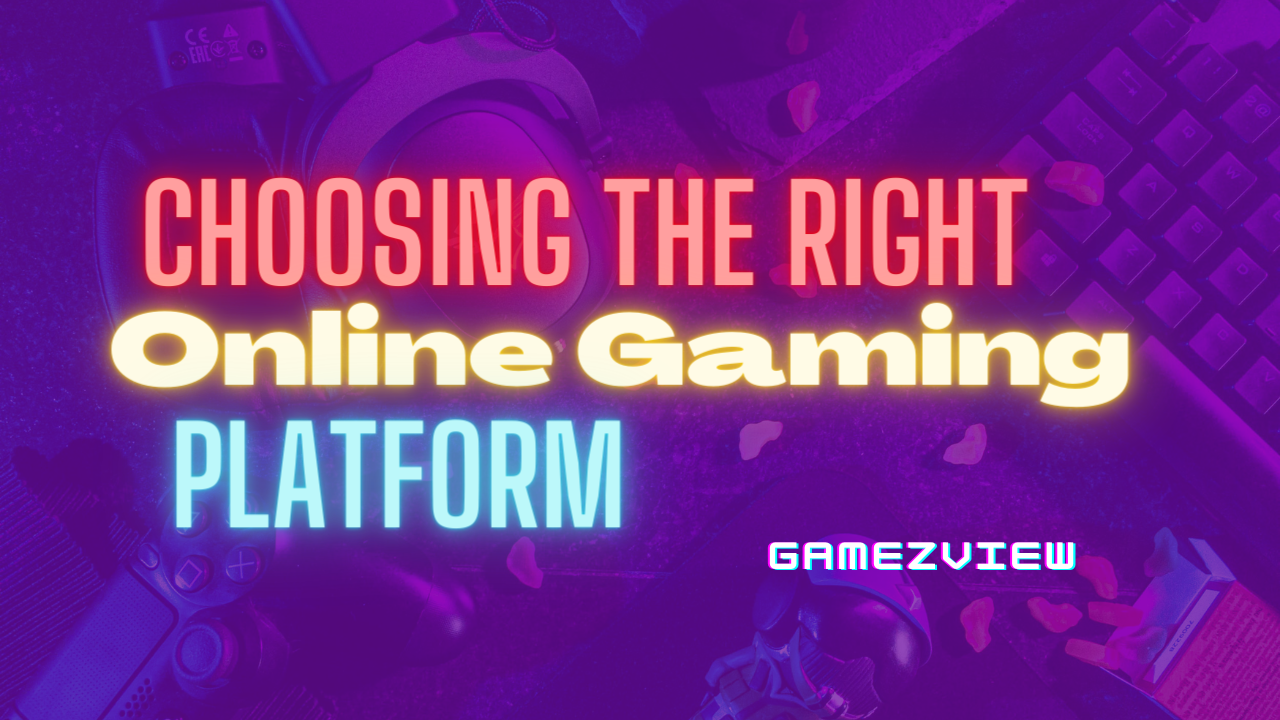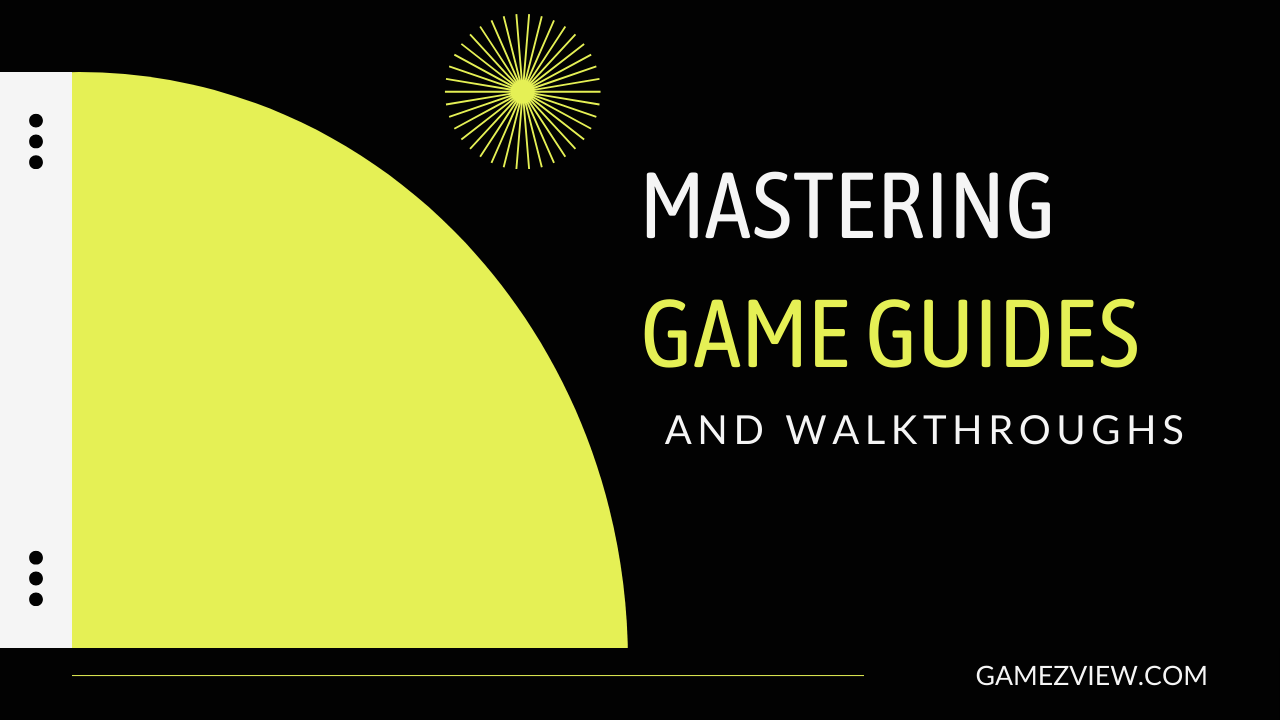In today’s fast-paced world, reaction time and hand-eye coordination are critical skills that impact everything from sports and gaming to daily activities. Improving these abilities can give you a significant edge in various fields, enhancing your overall performance and efficiency. This comprehensive guide explores effective strategies to boost reaction time and hand-eye coordination, offering practical tips and exercises to help you achieve peak performance.
Understanding Reaction Time and Hand-Eye Coordination
What is Reaction Time?
Reaction time refers to the duration it takes for an individual to respond to a stimulus. This can include visual, auditory, or tactile stimuli, and is crucial in activities that require quick decision-making and responses, such as sports, gaming, and driving.
The Importance of Hand-Eye Coordination
Hand-eye coordination is the ability to synchronize hand movements with visual input. This skill is essential for tasks that require precise control and timing, from catching a ball to playing a musical instrument or even typing on a keyboard.
Strategies to Improve Reaction Time
1. Practice Regularly with Reaction Time Exercises
Regular practice with targeted exercises can significantly improve reaction time. Here are some effective exercises:
- Reaction Ball Drills: Use a reaction ball, which bounces unpredictably, to practice quick responses. Try to catch or deflect the ball as it bounces, improving your reflexes and agility.
- Online Reaction Time Tests: Utilize online tools and apps designed to test and train your reaction time through various games and challenges.
- Start/Stop Exercises: Practice quick starts and stops in activities like running or cycling, which can help improve your response to sudden changes in motion.
2. Enhance Focus and Concentration
Improving focus and concentration can lead to faster reaction times. Here are some strategies:
- Mindfulness Meditation: Practice mindfulness meditation to improve your ability to focus on the present moment and respond more quickly to stimuli.
- Visualization Techniques: Use visualization techniques to mentally rehearse quick responses and anticipate potential scenarios in your activities or sports.
- Reduce Distractions: Minimize external distractions when practising or performing tasks that require quick reactions to improve your ability to concentrate and respond swiftly.
3. Improve Physical Fitness
Physical fitness plays a significant role in reaction time. Here’s how to optimize your physical condition:
- Cardiovascular Exercise: Engage in regular cardiovascular exercise, such as running or swimming, to enhance your overall physical endurance and speed.
- Strength Training: Incorporate strength training to build muscle strength, which can contribute to quicker and more powerful responses.
- Flexibility and Agility Training: Practice exercises that improve flexibility and agility, such as yoga or plyometrics, to enhance your ability to move quickly and efficiently.
4. Use Cognitive Training Tools
Cognitive training tools and games can help sharpen your mental agility and reaction speed:
- Brain Training Apps: Utilize apps like Lumosity or Peak, which offer games and exercises designed to improve cognitive functions, including reaction time.
- Puzzles and Strategy Games: Engage in puzzles and strategy games that require quick thinking and decision-making, such as chess or sudoku.
5. Optimize Your Sleep and Nutrition
Proper sleep and nutrition are essential for optimal cognitive function and reaction speed:
- Adequate Sleep: Ensure you get 7-9 hours of quality sleep per night to allow your brain to rest and recover, improving overall cognitive performance and reaction time.
- Balanced Diet: Consume a balanced diet rich in essential nutrients, including vitamins, minerals, and antioxidants, to support brain health and quick responses.
Strategies to Improve Hand-Eye Coordination
1. Engage in Targeted Exercises
Regular practice with targeted exercises can enhance hand-eye coordination. Here are some effective options:
- Ball Tossing and Catching: Practice tossing and catching balls of various sizes and weights to improve your ability to coordinate hand movements with visual cues.
- Juggling: Juggling multiple objects can significantly enhance hand-eye coordination by requiring precise control and timing.
- Video Games: Play video games that require precise hand movements and quick reflexes, such as first-person shooters or rhythm games, to improve your coordination.
2. Incorporate Fine Motor Skill Activities
Engaging in activities that require fine motor skills can enhance hand-eye coordination. Here are some examples:
- Drawing and Painting: Practice drawing or painting to improve your ability to control hand movements in response to visual input.
- Playing Musical Instruments: Learning to play a musical instrument, such as the piano or guitar, can significantly enhance your coordination by requiring precise hand movements in sync with auditory cues.
- Crafting and Building: Engage in activities like crafting or building models, which require careful hand movements and attention to detail.
3. Use Tools and Equipment Designed for Coordination Training
Various tools and equipment can help train and improve hand-eye coordination:
- Coordination Training Equipment: Use equipment like balance boards or coordination ladders to practice movements that enhance overall coordination and balance.
- Interactive Tools: Utilize tools like touchscreens or stylus pens to practice fine motor skills and improve hand-eye coordination through interactive tasks.
4. Practice Sports and Physical Activities
Participating in sports and physical activities that require precise hand movements and coordination can enhance your skills:
- Ball Sports: Sports like basketball, tennis, or baseball require quick hand-eye coordination and precise control of hand movements.
- Martial Arts: Martial arts training, such as karate or taekwondo, can improve coordination by requiring precise movements in response to visual cues.
- Dance and Gymnastics: Dance and gymnastics require excellent coordination and timing, providing an enjoyable way to enhance hand-eye skills.
5. Maintain Consistent Practice and Progress Tracking
Regular practice and progress tracking are crucial for continuous improvement:
- Set Goals: Set specific, measurable goals for improving your hand-eye coordination and track your progress over time.
- Consistency: Practice regularly, even if it’s just a few minutes each day, to maintain and improve your skills.
- Record and Review: Record your practice sessions or activities and review them to identify areas for improvement and track your progress.
Combining Strategies for Maximum Impact
To achieve the best results, combine various strategies for improving both reaction time and hand-eye coordination:
- Integrate Multiple Activities: Incorporate a variety of exercises and activities into your routine to work on different aspects of coordination and reaction time.
- Cross-Training: Engage in cross-training by participating in multiple sports or activities that require different skills, which can enhance overall coordination and responsiveness.
- Holistic Approach: Take a holistic approach to training by focusing on physical fitness, cognitive exercises, and lifestyle factors such as sleep and nutrition.
Improving reaction time and hand-eye coordination requires a combination of targeted exercises, cognitive training, physical fitness, and consistent practice. By incorporating these strategies into your routine, you can enhance your performance in various activities, from sports and gaming to everyday tasks. Start implementing these tips today and experience the benefits of quicker reflexes and better coordination.



